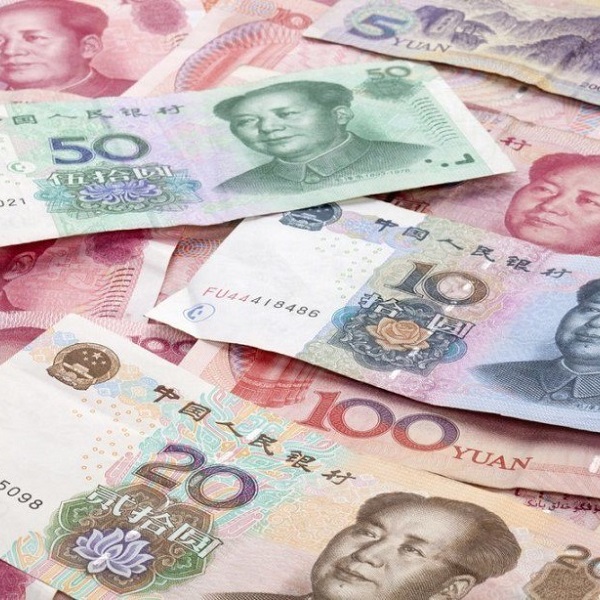
The difference between onshore and offshore RMB (CNY & CNH) – and why it matters
By Anthony Man, VP of NB Sales, Currencycloud APAC
China is the world’s second largest economy, and the world’s largest trader in goods. It’s a country with huge opportunities for businesses large and small. Although it has opened up trading its currency, the Chinese yuan, knowing the differences between the domestic renminbi and the offshore renminbi will be a financial benefit for businesses of all sizes.
One of the world’s top five most-used currencies, the renminbi (RMB) is the official name of China’s currency. The Chinese yuan (CNY) is another name for China’s currency, and is the principal unit of RMB. The two names, renminbi and yuan, are interchangeable.
Opening the door
In 2009, Chinese authorities lifted restrictions on RMB trade settlements between China and Hong Kong – the first time that RMB settlements were allowed outside mainland China. This was marked by the creation of the CNH, with the ‘H’ standing for Hong Kong.
Since then, these regulations have been gradually eased, leading to the development of RMB markets in Hong Kong and other offshore RMB markets like Australia, the US, Singapore and the UK as China gradually internationalized the renminbi. These exist alongside the RMB onshore market in mainland China, where buying and selling restrictions still apply. As a result, there are now two RMB markets: offshore and onshore.
Due to China’s cross-border currency controls, the Chinese yuan is allowed to trade for a different price in an offshore market like Hong Kong. In order to distinguish between these two prices, the unofficial abbreviation CNH is used to refer to the offshore price of the Chinese yuan (CNY).
CNY vs CNH – The same, but different
There are two types of renminbi covering a different major trading market.
CNY is renminbi traded within mainland China. CNY, also termed onshore yuan, is controlled by the Government of China with the aim of empowering trade between Chinese companies and to maintain a favorable value of the yuan.
The yuan is used mainly for two purposes on the onshore market: interbank settlements, and when corporations sell and buy FX for business purposes. The yuan’s onshore exchange rate ticker is CNY. Foreign businesses trading within mainland China can accept CNY as payment, but when they want to use yuan offshore, they need to exchange CNY to CNH.
CNH is renminbi traded offshore from mainland China. CNH, also termed as offshore yuan, is controlled by the free market which determines its value. It is specifically designed to be an offshore version of renminbi so that it can be freely traded in offshore markets like Singapore and Hong Kong. Its ticker is CNH.
To read more, please click on the link below…
Source: The difference between onshore and offshore RMB (CNY & CNH) – and why it matters

